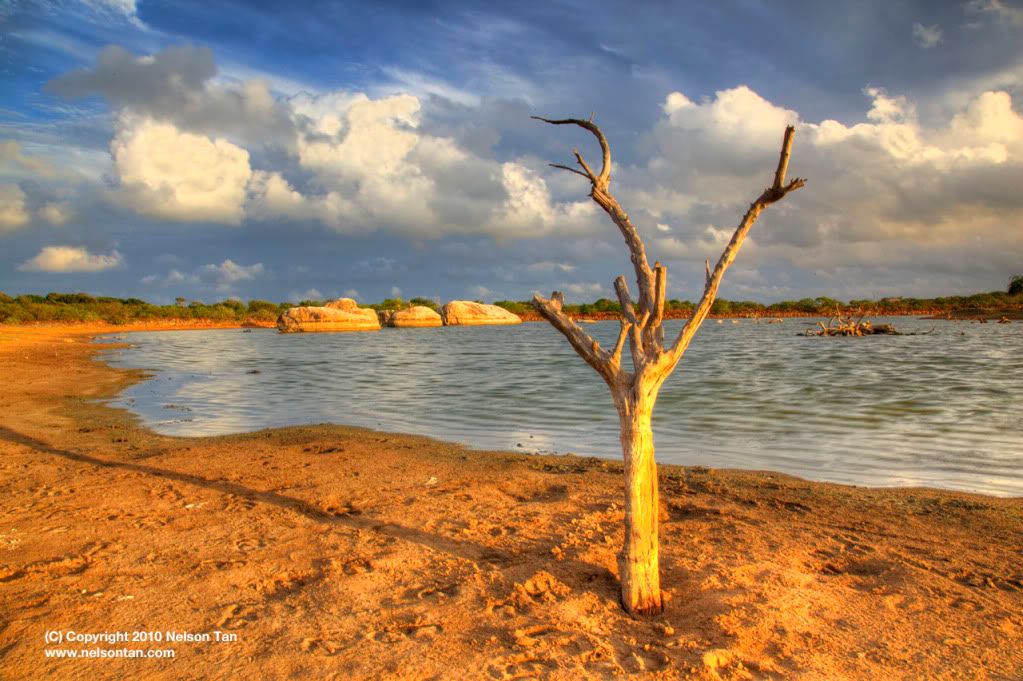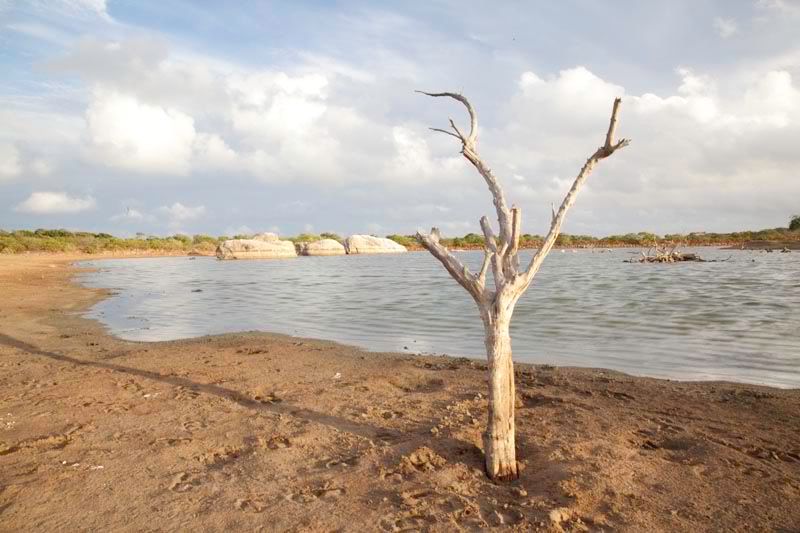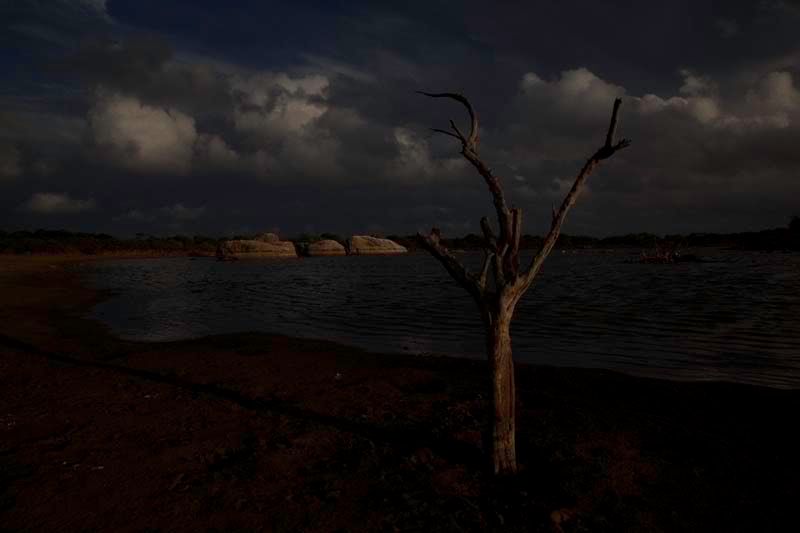Bored with whatever you've been shooting? Perhaps its time to try out HDR photography! In case you haven't already heard, HDR stands for "High Dynamic Range". In simple layman talk, that means that you're capturing details in both the brightest (highlight) areas of the photo, as well as darkest (shadow) area of the photo. The end result can be spectacular like this...
Normal exposure
HDR software then allows you to combine the sequence of shots automatically to generate the final HDR image. You should probably use a tripod to ensure that all three images are similar for easy matching. The thing about HDR photography is that much of the process is done post-exposure in your computer, but it is not as easy as it seems. There are many adjustments in the software that you can explore, and many of them will process the HDR image differently. You'd need to explore the software thoroughly to be good in HDR photography.
I've posted a link to a video which explains HDR photography and the software adjustments necessary for a good HDR processing. Have fun!





No comments:
Post a Comment